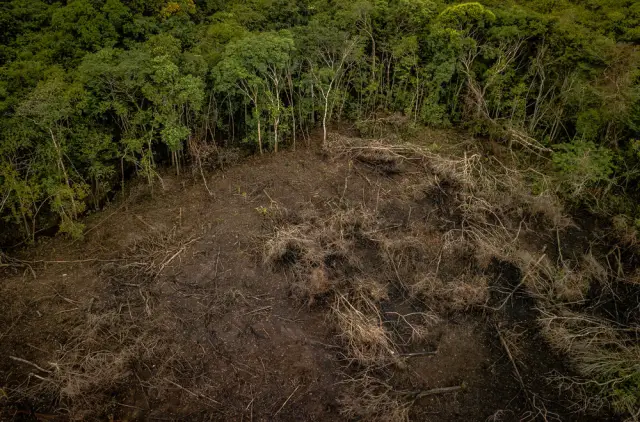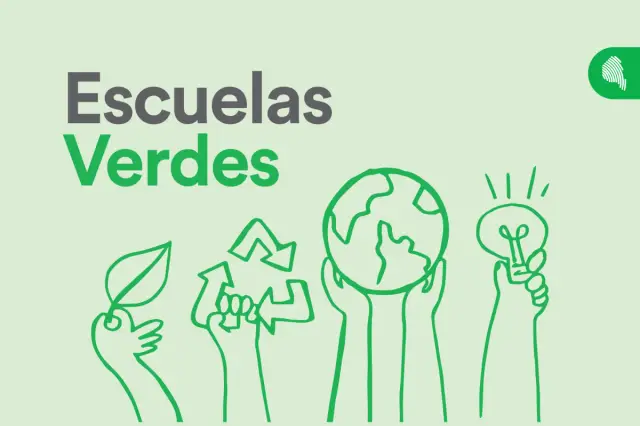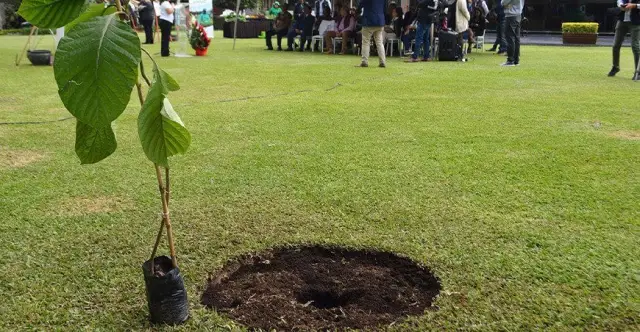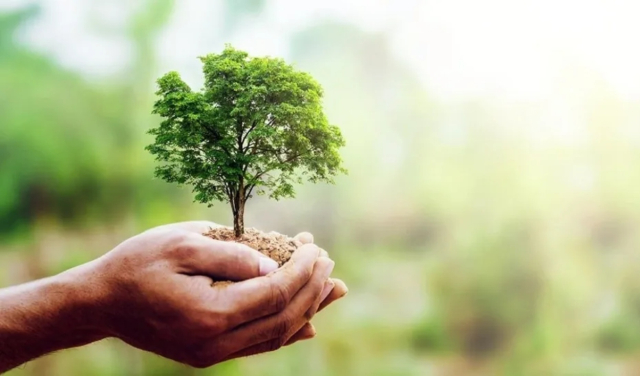World Tree Day , celebrated every June 28 , is a day that seeks to raise awareness about the importance of trees for life on the planet. This event was proposed by the World Forestry Congress and endorsed by the Food and Agriculture Organization of the United Nations (FAO). The goal is to remind everyone that trees not only beautify the environment but are essential for combating climate change, preserving biodiversity, and ensuring ecological balance.
In Peru , this celebration takes on an even more significant dimension due to the country's vast forest wealth. In addition to being a vital source of natural and cultural resources, Peruvian forests play a key role in mitigating environmental phenomena. Therefore, this day is an opportunity to promote concrete actions to ensure their long-term protection.
Importance of Arbor Day in Peru
Peru: a country with forest wealth
Peru is home to approximately 53% of its territory covered by forests , primarily Amazonian forests, making it the second-largest forested country in South America, after Brazil. These ecosystems are not only critical to the water cycle and carbon capture, but also to the local economy of communities that live in harmony with the forest, such as Indigenous peoples.
Peruvian trees perform multiple functions: from regulating the climate and preventing erosion to providing habitat for unique species like the jaguar, the macaw, and the black orchid. Their ecological, economic, and cultural value make them an irreplaceable national heritage.
Problems facing Peruvian trees
Despite their value, Peru's forests are seriously threatened. Illegal deforestation , often driven by mining activities or the expansion of crops such as oil palm and coca, has led to the loss of millions of hectares in recent decades. Indiscriminate logging, coupled with poor control in some regions, endangers not only flora and fauna, but also the lives of communities that directly depend on forest resources.
Climate change is also having a growing impact. Longer droughts, wildfires, and changes in rainfall patterns are deteriorating the health of forest ecosystems. Given this situation, World Tree Day presents itself as a key moment to mobilize all sectors of society.

Activities to commemorate World Tree Day in Peru
Government initiatives
Reforestation with community participation
Every year, institutions such as the Ministry of the Environment (MINAM) and the National Forestry and Wildlife Service (SERFOR) organize massive reforestation campaigns. These initiatives typically involve schools, rural communities, and regional governments, promoting the planting of native trees such as the serrano molle, the alder, and the capulí. Training workshops are also offered to ensure proper care of the planted trees.
These campaigns not only seek to restore degraded areas but also to foster a culture of respect for trees from childhood. Active community participation is key to ensuring the long-term sustainability of these efforts.
Environmental education in schools
Through the "Green Schools" program, promoted by the Ministry of Agriculture, Livestock, and Livestock (MINAM), educational activities are carried out to raise awareness among students about the importance of environmental protection. During Tree Week, drawing contests, talks on biodiversity, environmental fairs, and visits to tree nurseries are organized. This pedagogical approach seeks to instill ecological values in the next generation.

Actions by NGOs and citizen groups
Urban planting campaigns
Various non-governmental organizations, such as ARBOLIFE , Ciudad Saludable , and Plantando Futuro , are conducting tree-planting campaigns in cities like Lima, Arequipa, Trujillo, and Cusco. These campaigns aim to increase vegetation cover in urban areas, reduce pollution levels, and improve the well-being of the population. Priority is given to planting trees in parks, avenues, and school areas.
Urban trees help reduce the "heat island" effect, filter polluting particles from the air, and provide shade during periods of extreme heat. They also strengthen residents' sense of belonging to their surroundings.
Environmental volunteering
Every June 28th, hundreds of young people, families, and workers join volunteer activities that include cleaning green spaces, restoring damaged areas, and planting trees. These activities, organized by citizen groups, have a significant symbolic and practical impact, raising environmental awareness and strengthening the social fabric.
Private and business initiatives
Social responsibility programs
Companies in the mining, energy, and agricultural sectors are integrating forest restoration into their corporate social responsibility (CSR) policies. These actions not only seek to offset environmental impacts but also to create partnerships with local communities and NGOs to implement nurseries, ecological corridors, and sustainable agroforestry systems.
Adopt a tree
Campaigns like " Adopt a Tree ," promoted by foundations and local governments, allow any citizen to sponsor a tree, funding its planting and maintenance. These campaigns use digital tools to show the tree's growth through geolocation and periodic photos. This way, people can feel like they are actively involved in the solution to the problem of deforestation.
Benefits of planting and caring for trees in Peru
| Benefit | Description |
|---|---|
| Carbon capture | They absorb large amounts of CO₂, helping to mitigate global warming. |
| Biodiversity conservation | They protect habitats of unique species such as the jaguar and the cock-of-the-rock. |
| Protection of watersheds | They regulate the water cycle and prevent landslides and soil loss. |
| Improving air quality | They filter pollutants and reduce the presence of nitrogen dioxide. |
| Urban health and well-being | They contribute to recreational spaces, reduce stress and promote exercise. |

How can you join World Tree Day in Peru?
Participating is easier than it seems. You can plant a tree in your garden, yard, community, or even in a large pot if you live in an apartment. Sharing information on your social media using hashtags like #PeruTreeDay or #PlantATree helps raise awareness.
You can also join community activities organized by municipalities, NGOs, or educational institutions. Another way to help is to educate children through games, stories, and creative activities focused on the importance of trees. Finally, adopting sustainable habits, such as using less paper, avoiding plastic, and choosing certified products, contributes to protecting forests indirectly.
A call to protect our green lungs
World Tree Day in Peru is a key date to reflect on the impact of our actions on nature. Trees are true lungs, providing us with oxygen, shade, and biodiversity. They are silent allies in the fight against climate change, but also vulnerable living beings that need our care.
Every tree planted is a long-term investment in health, well-being, and sustainability. Beyond a symbolic activity, planting a tree represents a commitment to a greener and more just future. This June 28th, join the thousands of people celebrating with action and become part of the change the planet needs.
Frequently Asked Questions (FAQ)
Why is World Tree Day celebrated on June 28?
The date was proposed by the World Forestry Congress and seeks to raise awareness about the need to protect and care for trees around the world.
What species of trees are usually planted in Peru during this time?
The most common species are the serrano molle, tara, alder, capulí, cedar, and quinoa, all adapted to diverse Peruvian climates.
Can I plant a tree if I live in the city?
Yes, you can do this in parks, public gardens, balconies, or even in large containers if you don't have land.
Where can I participate in Arbor Day activities in Peru?
Check with your municipality, local schools, environmental NGOs, or visit the MINAM and SERFOR websites to find out about events near you.
What impact does a single planted tree have?
A single tree can absorb up to 20 kg of CO₂ per year, provide shelter for birds and insects, and significantly improve the urban environment.
